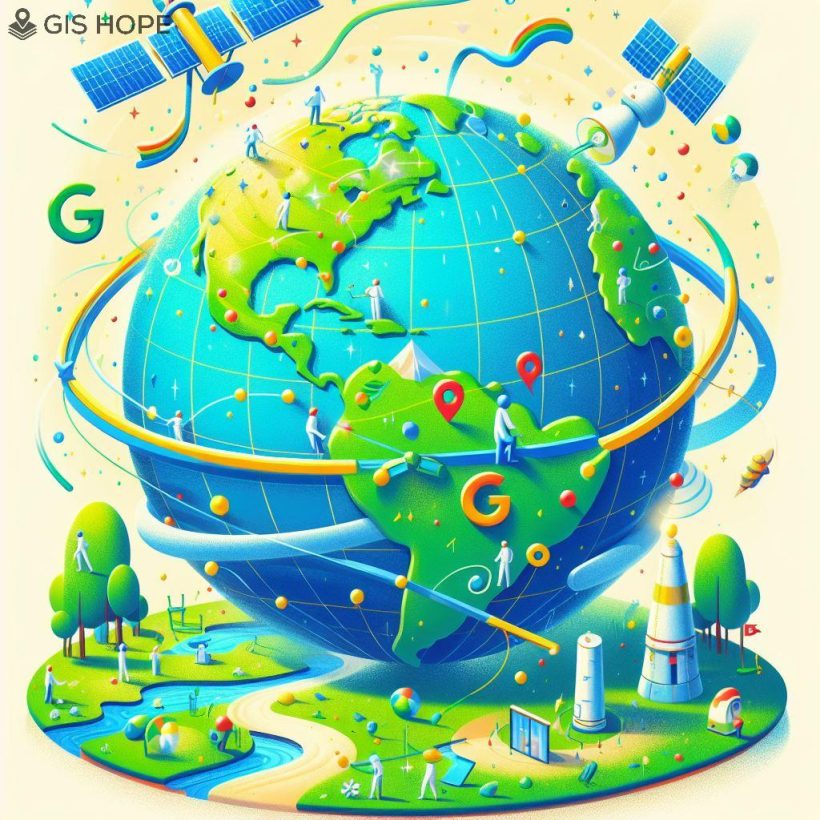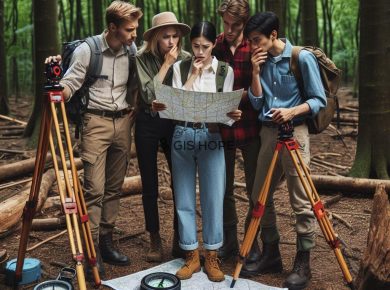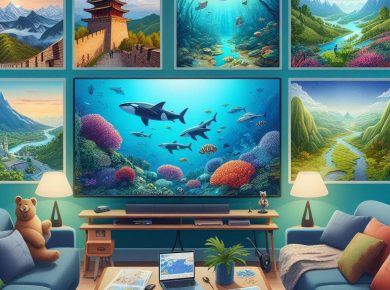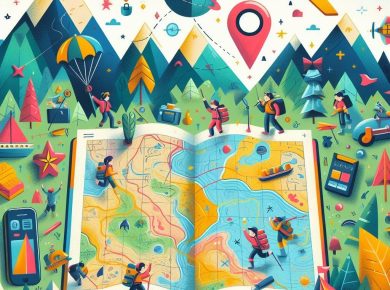In the age of digital exploration, a unique phenomenon has emerged among GIS enthusiasts – procrastimapping. This term refers to the act of spending countless hours on mapping platforms like Google Earth, seemingly procrastinating from other tasks. However, beneath the surface, procrastimapping offers a rich tapestry of geography exploration, virtual travel experiences, and leisure learning. This essay delves into the art of procrastimapping, exploring why GIS enthusiasts justify their hours spent on platforms like Google Earth and the hidden benefits it provides.
The Allure of Procrastimapping
Procrastimapping holds a peculiar allure for GIS enthusiasts, offering a blend of leisure and learning that is both captivating and addictive. The vast expanse of virtual landscapes and the ability to explore remote corners of the world from the comfort of one’s home provide an irresistible draw. Whether it’s tracing rivers, scaling mountains, or discovering hidden landmarks, procrastimappers find endless fascination in uncovering the intricacies of our planet through digital mapping platforms.
Exploring Geographic Curiosities
For procrastimappers, each session on Google Earth is an opportunity to satisfy their innate curiosity about the world. From examining geological formations and natural wonders to uncovering historical sites and urban landscapes, there’s always something new to discover. Procrastimapping allows enthusiasts to indulge their wanderlust and quench their thirst for exploration without ever leaving their homes, opening up a world of possibilities at their fingertips.
Virtual Travel Experiences
In a world where travel may be restricted or limited, procrastimapping offers a form of virtual escapism. Through immersive 3D imagery and street-level views, users can transport themselves to far-flung destinations, experiencing the sights and sounds of distant locales from the comfort of their screens. Whether it’s strolling through bustling city streets, marveling at architectural marvels, or navigating remote wilderness areas, procrastimappers can embark on virtual journeys that rival real-world adventures.
Leisure Learning and Geographic Education
Despite its leisurely nature, procrastimapping also serves as a valuable educational tool for geographic learning. By exploring different regions, ecosystems, and cultural landscapes, enthusiasts gain insights into geography, cartography, and spatial relationships. Procrastimapping fosters a deeper understanding of global geography, environmental awareness, and cultural diversity, making it an engaging and enriching leisure activity with educational benefits.
The Community of Procrastimappers
Procrastimapping is not just a solitary pursuit, but a communal experience shared among GIS enthusiasts worldwide. Online forums, social media groups, and dedicated communities provide platforms for procrastimappers to connect, share discoveries, and exchange insights. Through these virtual spaces, enthusiasts can bond over their shared passion for exploration, exchange tips and tricks, and inspire each other to embark on new mapping adventures.
In conclusion, procrastimapping offers a fascinating glimpse into the world of GIS enthusiasts who find joy and fulfillment in exploring the digital realm of mapping platforms like Google Earth. Far from being a frivolous pastime, procrastimapping blends leisure with learning, offering opportunities for geographic exploration, virtual travel experiences, and leisure learning. As a communal activity, procrastimapping brings together like-minded individuals from around the globe, fostering a sense of community and camaraderie among GIS enthusiasts. Ultimately, procrastimapping is not just about wasting time but about embracing the art of exploration and discovery in the digital age.
References
- Warf, B. (2010). “Encyclopedia of Geography.” Sage Publications.
- Kitchin, R., & Dodge, M. (2007). “Rethinking Maps: New Frontiers in Cartographic Theory.” Routledge.
- Turner, A., & Turner, S. (2012). “Introduction to Neogeography.” O’Reilly Media.
- Haklay, M., & Weber, P. (2008). “OpenStreetMap: User-Generated Street Maps.” IEEE Pervasive Computing.





